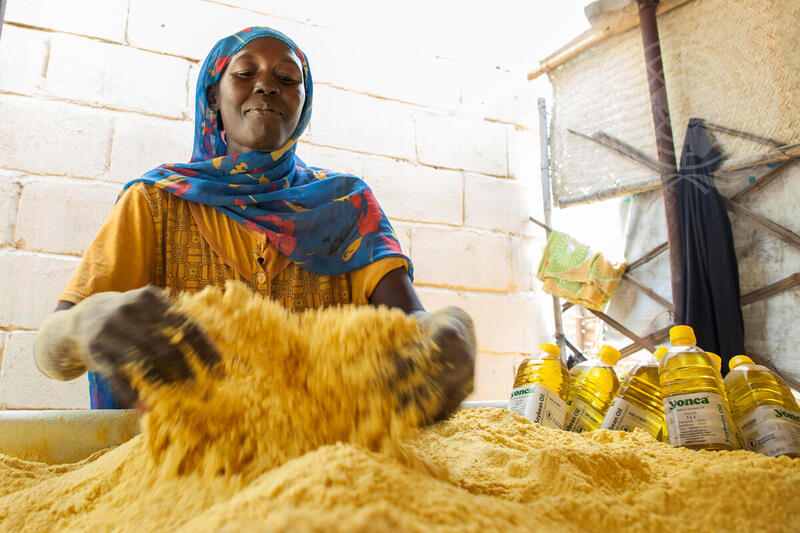
In the aid sector, most good ideas are met with a series of questions: Is it in the budget? Is it in the work plan? Do we have the time and resources? If the answer to any of the above is “No,” then even the best, and most conflict sensitive ideas fall by the wayside.
For this reason, the design stage offers a ‘once in a program lifecycle’ opportunity to build in the financial, human, and time resources that can enable teams to stay on top of changes in context and adapt to shifts in a volatile context – the two most critical elements of conflict sensitivity. Embedding the right tools, flexibility, analysis and resources into the programme design, budget, and requirements helps to set the agenda, expectations, and gives implementing agencies both the mandate and the capacity to try to avoid doing unintended harm, and maximise the programme’s potential contributions.
The aim is not to pre-identify all of the possible conflict sensitivity risks and opportunities, but rather to create the systems and mechanisms that will enable ongoing analysis and adaptation. This is particularly important in a context that is volatile and evolving, and where additional analysis will be needed over the length of the programme.
The recommendations below are intended to guide and inspire donors and implementing agencies designing new programmes with ideas of how they can build greater strengths and commitments to better aid in conflict.
Make sure programmes are resourced appropriately. Conflict sensitivity requires some degree of human, information, time, and financial resources. Providing these within the work plans, budgets, and external resources to programmes
Want more advice and ideas? Check out our Knowledge Hub and Sign up for CSF mailings to receive notifications of upcoming trainings, new analysis, and invitations to events that help build the aid sector’s understanding of the complex, evolving context in Sudan and its capacity to do the most good, and the least harm.